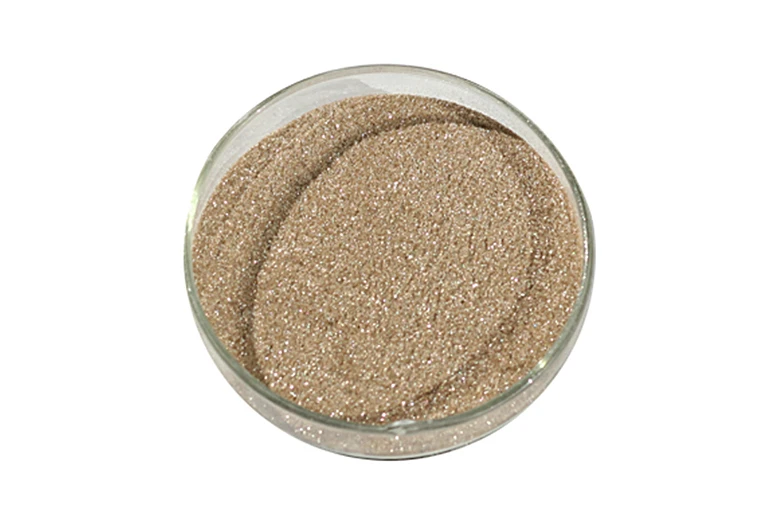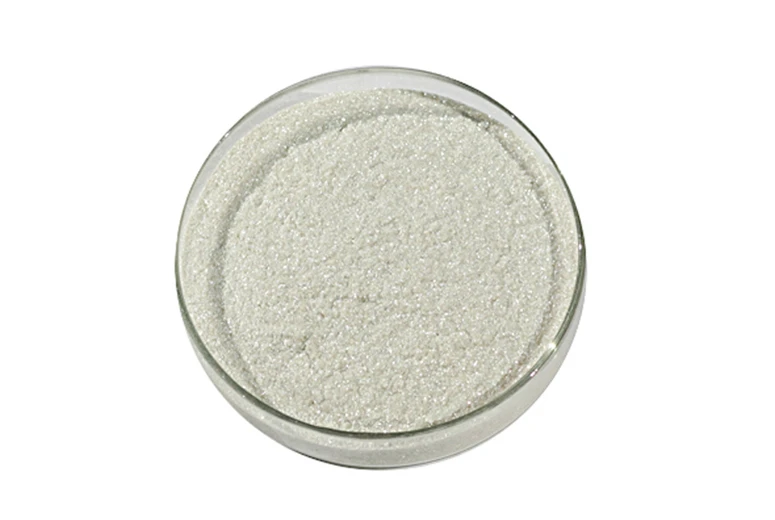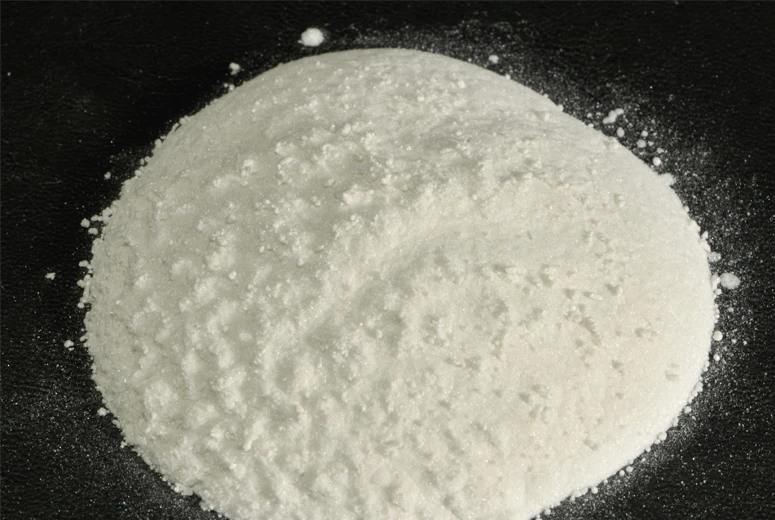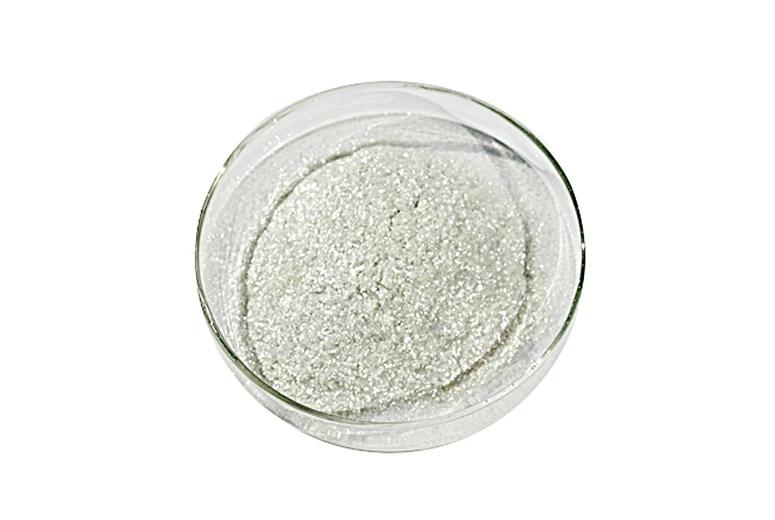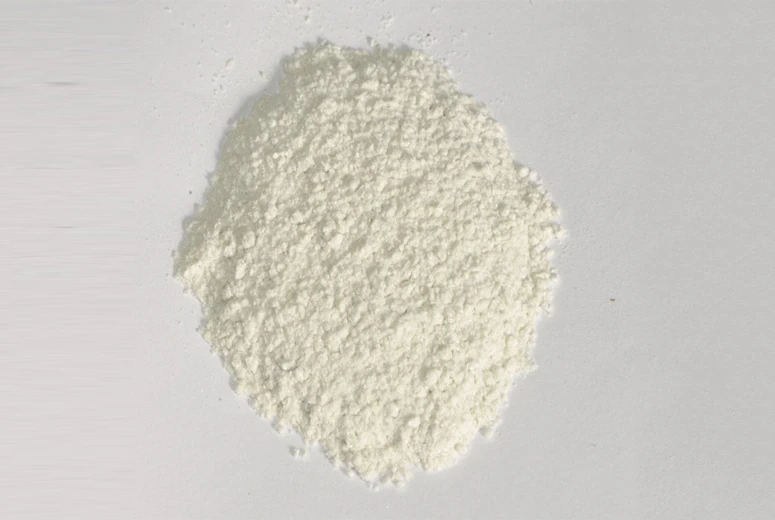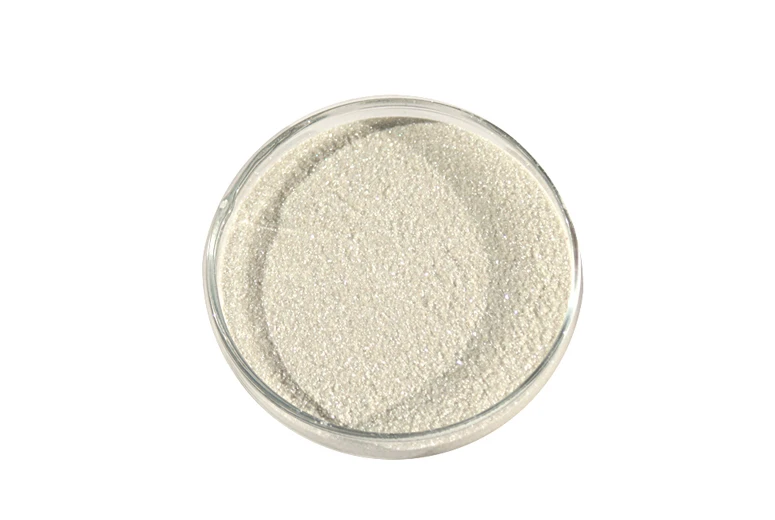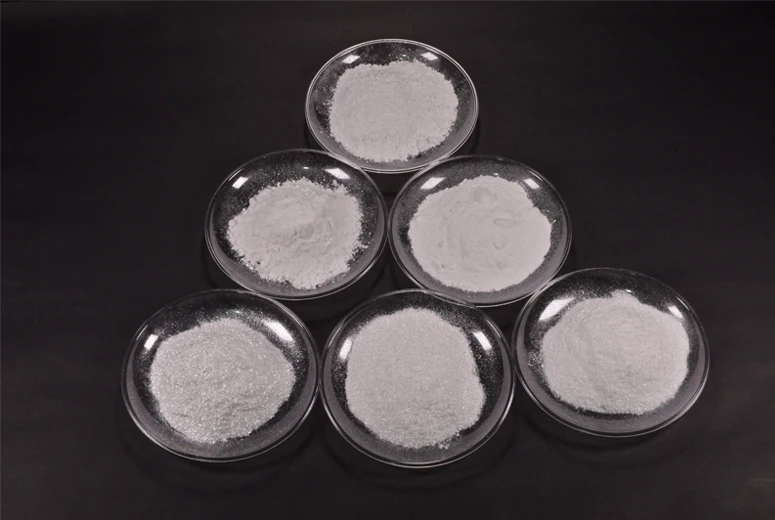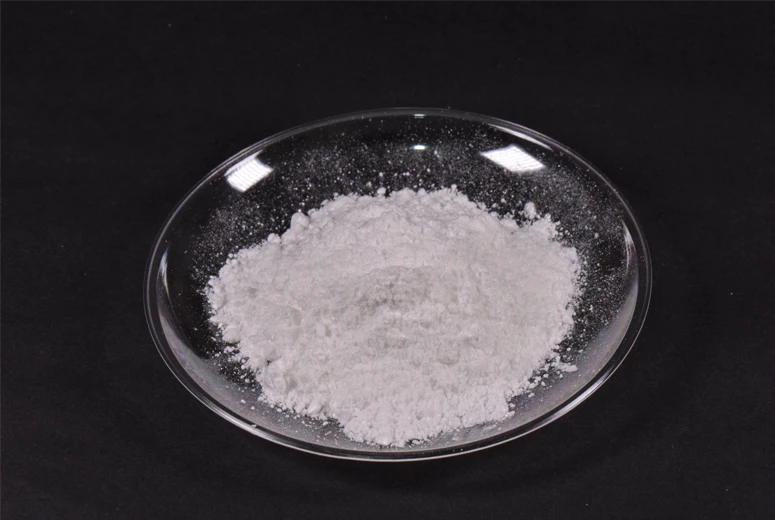Different Types of Mica Natural Varieties & Industrial Uses
- Understanding Mica: A Geological & Industrial Overview
- Key Properties Defining Mica Variants
- Leading Manufacturers: Performance Benchmarks
- Technical Superiority in Industrial Applications
- Custom Solutions for Sector-Specific Needs
- Real-World Implementations Across Industries
- Future Trends in Mica Utilization
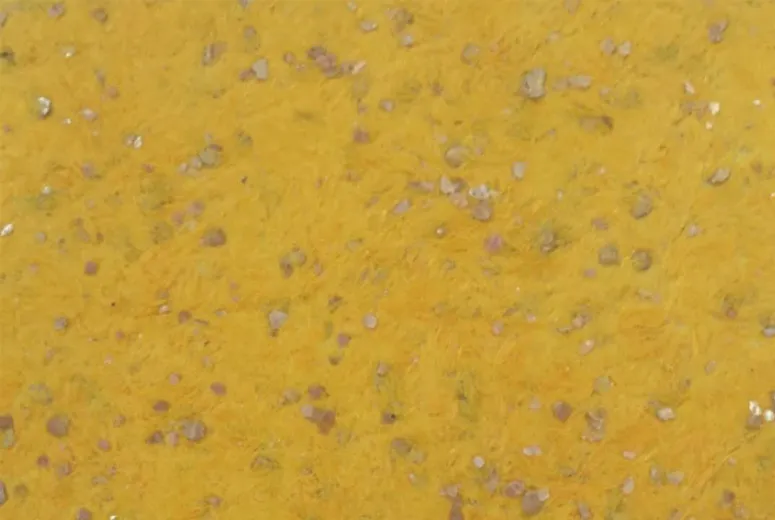
(different types of mica)
Different Types of Mica: A Geological & Industrial Overview
Mica minerals constitute 37 distinct phyllosilicate species, with six commercially significant variants dominating global markets. Muscovite (potassium mica) accounts for 62% of industrial consumption, followed by biotite (18%), phlogopite (12%), and lepidolite (8%). These layered silicate structures exhibit unique cleavage properties, with Mohs hardness ranging from 2.5-4.0 and thermal stability up to 900°C.
Key Properties Defining Performance Metrics
Critical parameters differentiate mica types:
| Type | Thermal Limit (°C) | Dielectric Strength (kV/mm) | Particle Size Range (µm) |
|---|---|---|---|
| Muscovite | 700-900 | 150-200 | 5-500 |
| Phlogopite | 800-1000 | 120-180 | 10-600 |
| Lepidolite | 500-700 | 80-120 | 2-300 |
High-grade mica powders achieve 99.6% purity levels, with aspect ratios exceeding 80:1 in delaminated grades.
Manufacturer Landscape: Technical Specifications Comparison
Leading producers demonstrate distinct capabilities:
| Producer | Specialization | Production Capacity | Certifications |
|---|---|---|---|
| MicaCorp | Electronics-grade sheets | 12,000 MT/year | IATF 16949, UL |
| GloMica | Cosmetic powders | 8,500 MT/year | ISO 16128 |
| ThermaMica | High-temperature forms | 6,200 MT/year | AS9100D |
Engineering Advantages in Modern Applications
Advanced mica composites enhance material performance:
- 35% improvement in polymer flexural strength
- 60% reduction in thermal expansion coefficients
- 0.02 W/m·K thermal conductivity in insulation boards
Tailored Formulations for Industry Requirements
Customization parameters include:
- Surface treatments (silanization, phosphorylation)
- Particle size distribution control (±5µm tolerance)
- Composite blending with 2-7 material components
Documented Success in Commercial Deployments
Notable implementations:
Aerospace shielding: 240°C operational stability in engine components
Automotive plastics: 18% weight reduction in dashboards
Construction materials: 90-minute fire rating achievement
Types of Mica Rock and Powder: Emerging Innovations
Recent advancements include nano-mica (50-100nm particles) for transparent composites and doped varieties achieving 1014 Ω·cm resistivity. Global market projections estimate 4.8% CAGR through 2030, driven by renewable energy and EV sectors requiring specialized mica solutions.
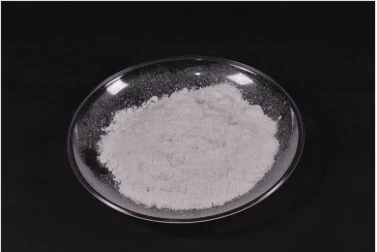
(different types of mica)
FAQS on different types of mica
Q: What are the different types of mica commonly found in nature?
A: The most common types of natural mica include muscovite (white mica), biotite (black mica), phlogopite (amber mica), and lepidolite (lithium-rich mica). These varieties differ in color, chemical composition, and thermal properties. Muscovite and biotite are the most widely used in industrial applications.
Q: Which types of mica rock are frequently used in construction?
A: Mica schist and granite are two rock types containing significant mica content, primarily biotite and muscovite. These rocks are valued for their durability and aesthetic appeal in countertops or decorative stonework. Mica's layered structure also contributes to their fissile nature in schists.
Q: How do types of mica powder vary in industrial applications?
A: Mica powders are categorized by particle size and composition, with muscovite powder preferred for cosmetics due to its shimmer, while phlogopite is used in automotive paints for heat resistance. Synthetic mica powder is increasingly popular for its purity and customizable properties compared to natural variants.
Q: What distinguishes synthetic mica from natural mica types?
A: Synthetic mica, like fluorophlogopite, is lab-created to eliminate impurities found in natural mica such as quartz or heavy metals. It offers consistent color and higher thermal stability (up to 1,200°C), making it ideal for electronics. Natural mica remains preferred for某些 applications requiring specific mineral characteristics.
Q: Why are certain mica types geologically significant?
A: Biotite and muscovite serve as indicators of rock formation conditions – biotite forms in magnesium/iron-rich environments, while muscovite suggests aluminum-rich metamorphic processes. Lepidolite's lithium content helps identify lithium-bearing pegmatites, crucial for battery mineral exploration. Their presence helps geologists interpret Earth's crustal evolution.
-
Transforming Surfaces with Mica-Enhanced Paints in Coatings and DecorationNewsJul.02,2025
-
The Ultimate Guide to Mica-Based Luminous Colors with Pearlescent PigmentNewsJul.02,2025
-
The Critical Role of Mica in Industrial Applications in Welding and Oil FieldsNewsJul.02,2025
-
Revolutionizing Automotive Aesthetics with Modified Plastics Pearlescent PigmentsNewsJul.02,2025
-
The Secret with Mica Powder for Cosmetics Behind Radiant, Natural MakeupNewsJul.02,2025
-
Enhancing Performance in Polymer Applications with Mica Powder for RubberNewsJul.02,2025
Products categories


